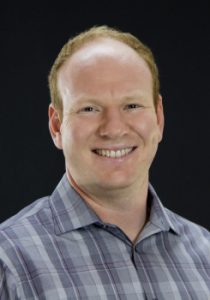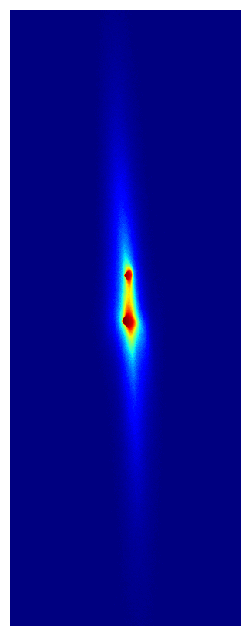Machine learning and artificial intelligence are certainly not new to physics research — physicists have been using and improving these techniques for several decades.
In the last few years, though, machine learning has been having a bit of an explosion in physics, which makes it a perfect topic on which to collaborate within the department, the university, and even across the world.
“In the last five years in my field, cosmology, if you look at how many papers are posted, it went from practically zero to one per day or so,” says assistant professor Moritz Münchmeyer. “It’s a very, very active field, but it’s still in an early stage: There are almost no success stories of using machine learning on real data in cosmology.”
Münchmeyer, who joined the department in January, arrived at a good time. Professor Gary Shiu was a driving force in starting the virtual seminar series “Physics ∩ ML” early in the pandemic, which now has thousands of people on the mailing list and hundreds attending the weekly or bi-weekly seminars by Zoom. As it turned out, physicists across fields were eager to apply their methods to the study of machine learning techniques.
“So it was natural in the physics department to organize the people who work on machine learning and bring them together to exchange ideas, to learn from each other, and to get inspired,” Münchmeyer says. “Gary and I decided to start an initiative here to more efficiently focus department activities in machine learning.”
Currently, that initiative includes Münchmeyer, Shiu, Tulika Bose, Sridhara Dasu, Matthew Herndon, and Pupa Gilbert, and their research group members. They watch the Physics ∩ ML seminar together, then discuss it afterwards. On weeks that the virtual seminar is not scheduled, the group hosts a local speaker — from physics or elsewhere on campus — who is doing work in the realm of machine learning.
In the next few years, the Machine Learning group in physics looks to build on the momentum the field currently has. For example, they hope to secure funding to hire postdoctoral fellows who can work within a group or across groups in the department. Also, the hiring of Kyle Cranmer — one of the best-known researchers in machine learning for physics — as Director of the American Family Data Science Institute and as a physics faculty member, will immediately connect machine learning activities in this department with those in computer sciences, statistics, and the Information School, as well other areas on campus.
“There are many people [on campus] actively working on machine learning for the physical sciences, but there was not a lot of communication so far, and we are trying to change that,” Münchmeyer says.
Machine Learning Initiatives in the Department (so far!)
Kevin Black, Tulika Bose, Sridhara Dasu, Matthew Herndon and the CMS collaboration at CERN use machine learning techniques to improve the sensitivity of new physics searches and increase the accuracy of measurements.
Pupa Gilbert uses machine learning to understand patterns in nanocrystal orientations (detected with her synchrotron methods) and fracture mechanics (detected at the atomic scale with molecular dynamics methods developed by her collaborator at MIT).
Moritz Münchmeyer develops machine learning techniques to extract information about fundamental physics from the massive amount of complicated data of current and upcoming cosmological surveys.
Gary Shiu develops data science methods to tackle computationally complex systems in cosmology, string theory, particle physics, and statistical mechanics. His work suggests that Topological Data Analysis (TDA) can be integrated into machine learning approaches to make AI interpretable — a necessity for learning physical laws from complex, high dimensional data.

